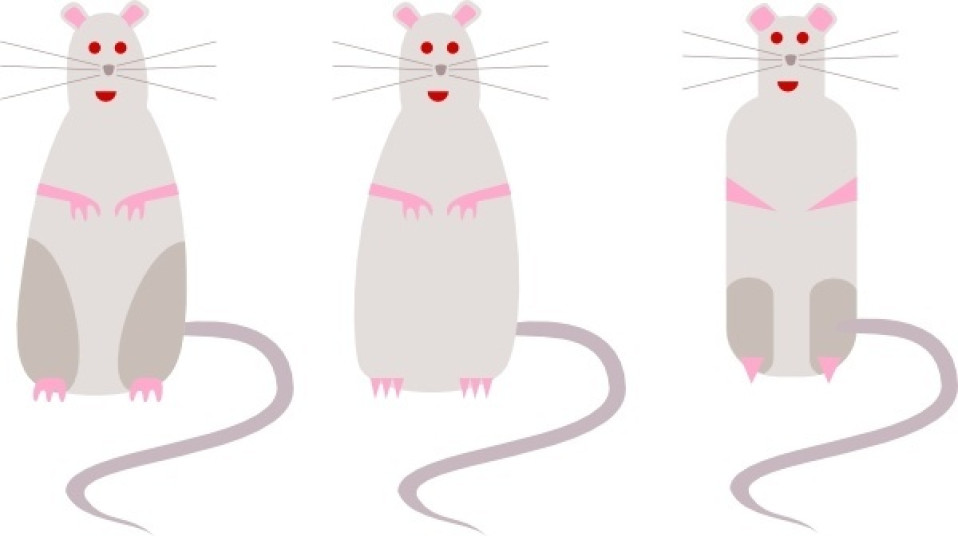Published in Exp Mol Med. 2018 Oct 29;50(10):140. doi: 10.1038/s12276-018-0164-4.
Major depressive disorder
Major depressive disorder is a common chronic mood disorder that results in heavy social and economic burdens. By 2020, Major depressive disorder is expected to be the second leading cause of disability worldwide. However, to date, the prospect of antidepressant treatment is poor. In addition, traditional antidepressant drugs require a few days or weeks to achieve their antidepressant effect. The main reason for these inadequacies in the treatment of depression is that a comprehensive understanding of the pathogenesis of depression is lacking.
Ketamine and MicroRNAs
Ketamine is a N-methyl-D-aspartate receptor antagonist. Accumulating evidence from clinical and basic research shows that ketamine exerts a quick and persistent antidepressant-like effect. Compared with traditional antidepressant drugs, the antidepressant effect of ketamine is obvious and quick. Due to its clear and rapid antidepressant effect, ketamine has become a topic of interest in the study of depression. However, the functional mechanism of ketamine still remains unclear.
MicroRNAs constitute a class of small non-coding RNA molecules whose function is to regulate the transcription and translation of downstream-related genes. Furthermore, recent studies suggest that MicroRNAs are associated with the pathophysiology of depression and could be potential targets for novel antidepressant treatment. The MicroRNA-29 family members have been shown to mediate neuropathological processes in response to environmental stress factors and have been suggested as potential biomarkers for the diagnosis and prognosis of neuropsychiatric disorders and relevant neurodegenerative diseases. In our previous report, the acute administration of ketamine resulted in the abnormal expression of various MicroRNAs (including those belonging to the MicroRNA-29 family), which was involved in the antidepressant effect of ketamine. MicroRNA-29b expression is elevated in the hippocampus of early-stress rats after acute ketamine administration. Metabotropic glutamate receptor 4 (GRM4) has been predicted to be the target gene of MicroRNA-29 in bioinformatic analyses. GRM4, which belongs to metabotropic glutamate receptor group III, is mainly expressed in presynaptic membranes of brain neurons. The main function of GRM4 is regulating dopamine, glutamate, tryptophan, and neurotransmitter metabolism, thus affecting neurotransmitter release-mediated neural signaling pathways19. In addition, relevant studies have shown that the increased expression of GRM4 is closely related to the occurrence and development of depression; hence, GRM4 may be involved in the pathogenesis of depression.
How ketamine affects MicroRNA-29 expression
Scientists investigated the effect of ketamine on MicroRNA-29a/b/c-3p expression in the hypothalamus, hippocampus, and prefrontal cortex (PFC) of depressed rats and the subsequent regulation of GRM4 expression. Their findings may provide potential therapeutic target genes and open up novel avenues for drug design for MDD treatment.
A novel signalling pathway
Their study uncovers a novel signaling pathway involved in the ketamine-induced alterations in Major depressive disorder, implicating both upstream and downstream effectors of MicroRNA-29b-3p. The MicroRNA-29b-3p/GRM4 pathway is a critical mediator of ketamine’s antidepressant function in depressive-like rats, and the MicroRNA-29b-3p/GRM4 pathway could be considered a potential therapeutic target, opening up novel avenues for drug design for Major depressive disorder treatment.
Major depressive disorder is a prevalent central nervous system disorder associated with differential brain regions, including the hypothalamus, hippocampus, and prefrontal cortex. According to recent research, ketamine has a rapid and persistent antidepressant effect and influences the hypothalamus, hippocampus, and prefrontal cortex. This study supports the conclusion that MicroRNA-29b-3p is involved in depression and ketamine’s antidepressant effects.
The scientists conclude that MicroRNA-29b-3p was downregulated in the prefrontal cortex of the depressed rats and upregulated by the ketamine treatment. GRM4 expression was negatively regulated by ketamine and MicroRNA-29b-3p. The MicroRNA-29b-3p overexpression contributed to Ca2+ influx, glutamate release, neuron cell survival, and cytodendrite growth and subsequently improved the depressive behaviors of depressed rats, representing a potential novel molecular mechanism underlying ketamine’s antidepressant effect.

